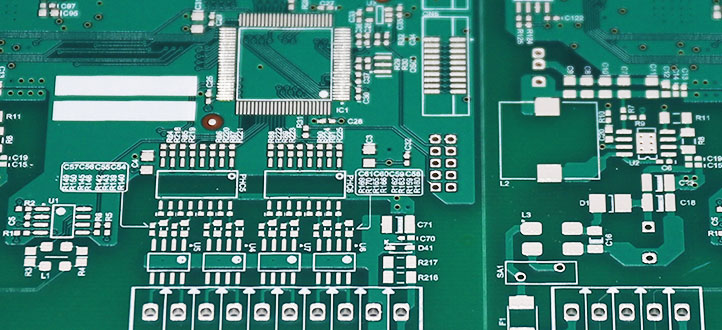Which one is better, immersed tin or immersed silver?

PCB manufacturing involves two significant processes, the Hot Air Solder Leveling (HASL) process and the Immersion Silver process. Both play crucial roles in protecting the circuit board and ensuring soldering reliability. Each has unique advantages and disadvantages, and the choice depends on specific application requirements. This article will delve into the characteristics of these two processes and guide you on making informed decisions in PCB manufacturing.
Hot Air Solder Leveling (HASL)
HASL is one of the oldest and most widely used surface treatment methods in PCB manufacturing. Here are the advantages and disadvantages of the HASL process:
Advantages:
1. Wide Application: HASL is widely used in the PCB manufacturing industry due to its cost-effectiveness.
2. Soldering Reliability: HASL provides an even tin coating on the circuit board, resulting in reliable soldering joints with good electrical performance.
3. Corrosion Resistance: Tin is relatively corrosion-resistant, providing some protection to the PCB.
Disadvantages:
1. Not Suitable for High-Density PCBs: HASL is not suitable for high-density PCBs as the coating may clog small holes and fine traces.
2. Not Suitable for Special Environments: In certain environments, such as high-temperature and high-humidity conditions, tin may melt or lead to PCB instability.
Immersion Silver Process
The Immersion Silver process is becoming increasingly popular in PCB manufacturing, especially for high-performance and high-density applications. Here are the advantages and disadvantages of the Immersion Silver process:
Advantages:
1. Flat and Uniform Coating: The Immersion Silver process provides a uniform silver coating, making it suitable for high-density PCBs, fine traces, and small holes.
2. High-Frequency Circuit Performance: Silver coatings do not adversely affect the performance of high-frequency circuits, making it suitable for RF and microwave applications.
3. High-Temperature and Humidity Resistance: Silver coatings exhibit high resistance to high temperatures and humidity, making them suitable for applications in harsh environments.
Disadvantages:
1. Higher Cost: The Immersion Silver process is typically more expensive than the HASL process.
2. Longer Processing Time: The Immersion Silver process has a longer processing time, which may increase manufacturing lead times.
How to Choose?
The choice between HASL and the Immersion Silver process should be based on specific application requirements and budget considerations:
Cost Sensitivity: If cost is a primary concern, and your application doesn't require high performance, HASL may be the more suitable choice.
High-Performance Requirements: For high-performance applications, especially those involving high density, high frequency, or operation in harsh environments, the Immersion Silver process is often more reliable.
Time Constraints: If your project has tight delivery schedules, HASL may offer quicker turnaround times.
In conclusion, the choice between HASL and the Immersion Silver process depends on your specific requirements and budget. For certain applications, a hybrid approach using both processes to meet different parts of the requirements can also be an effective choice. Choosing the right process is crucial in PCB manufacturing to ensure the performance and reliability of the circuit board.

